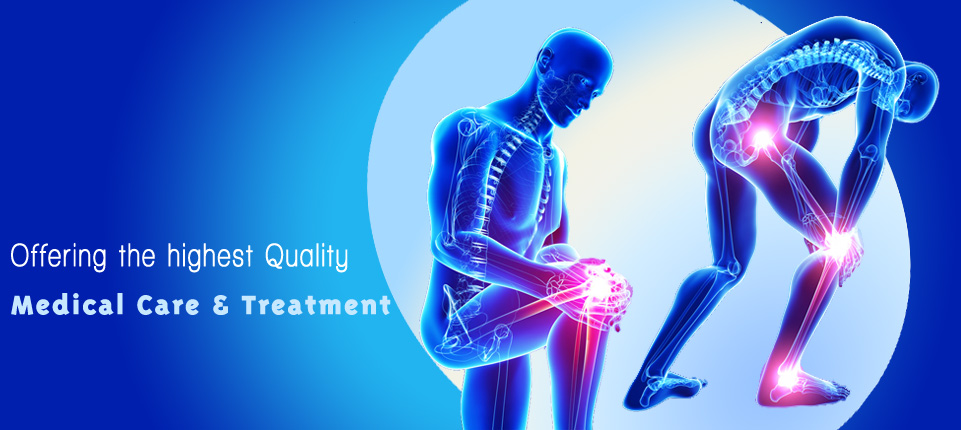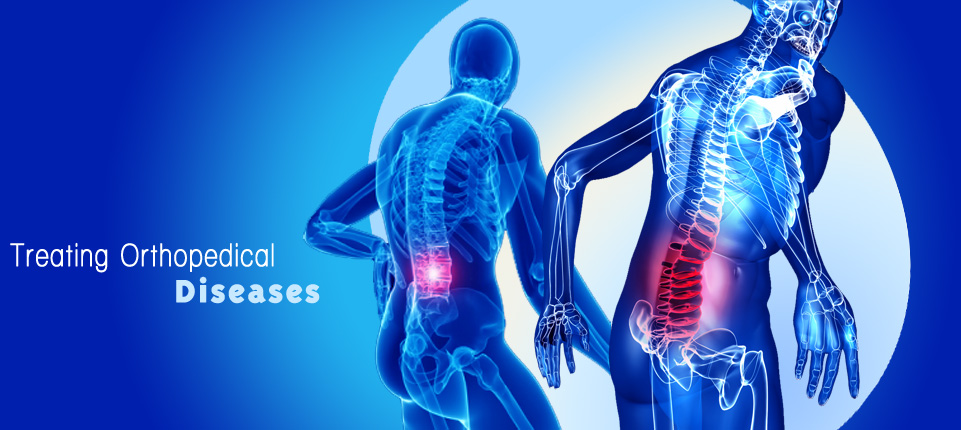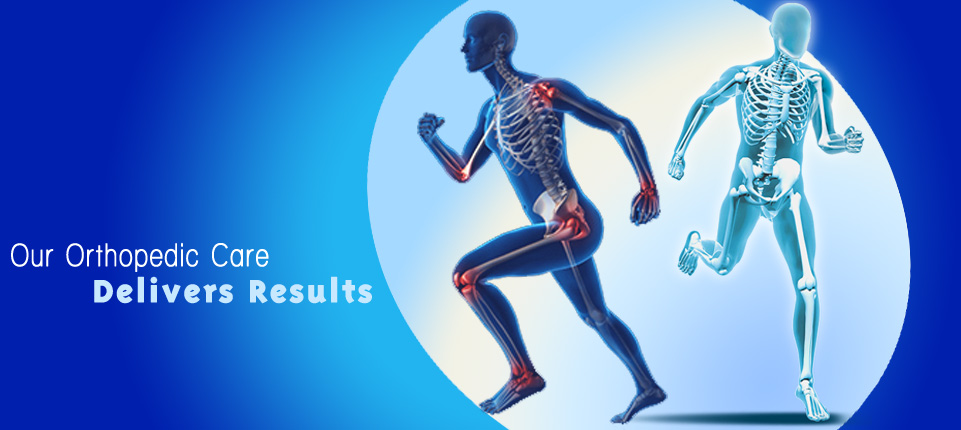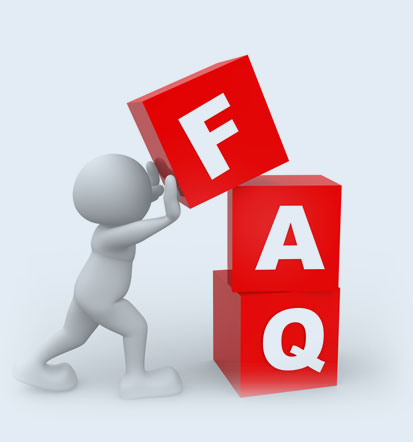 |
|||||||||||||||
|
    |
| Faq |
What is orthopedics?Orthopedics (alternatively, orthopaedics) is a medical specialty focused on the diagnosis and treatment of conditions, disorders, and injuries of the muscles, bones, joints, tendons, ligaments, and nerves. A doctor who specializes in this medical specialty is called an orthopedic (alternatively, orthopaedic) surgeon or orthopedist.What is arthritis?The word arthritis literally means "joint inflammation." Arthritis refers to a group of more than 100 rheumatic diseases and other conditions that cause pain, stiffness, and swelling in joints. Rheumatoid arthritis is a disease that damages the lining surrounding our joints while also destroying our bones, tissue, and joints over time. Osteoarthritis is a progressive condition that slowly damages the cartilage surrounding the ends of bones and is common in the hip, knee, and spine. What is arthroscopic surgery? One or more small incisions are made around the joint to be viewed. The surgeon inserts an instrument called an arthoscope into the joint. The arthoscope contains a fiber optic light source and small television camera that allows the surgeon to view the joint on a television monitor and diagnose the problem, determine the extent of injury, and make any necessary repairs. Other instruments may be inserted to help view or repair the tissues inside the joint. What is joint replacement surgery? Joint replacement surgery is performed to replace an arthritic or damaged joint with a new, artificial joint called a prosthesis. The knee and hip are the most commonly replaced joints, although shoulders, elbows and ankles can also be replaced.Joints contain cartilage, a rubbery material that cushions the ends of bones and facilitates movement. Over time, or if the joint has been injured, the cartilage wears away and the bones of the joint start rubbing together. As bones rub together, bone spurs may form and the joint becomes stiff and painful. Most people have joint replacement surgery when they can no longer control the pain in their hip or knee with medication and other treatments, and the pain is significantly interfering with their lives. How long do artificial joints last? On average, artificial joints have a lifespan of 10 to 20 years. If you are in your 40s or 50s when you have joint replacement surgery, especially if you are very active, you are likely to need another joint replacement surgery later in life.What happens during rotator cuff surgery? Shoulder surgery for rotator cuff problems usually involves one or more of the following procedures: debridement, subacromial decompression, rotator cuff repair. Debridement clears damaged tissue out of the shoulder joint. Subacromial decompression involves shaving bone or removing spurs underneath the tip of the shoulder blade (acromion). This creates more room in the space between the end of the shoulder blade and the upper arm bone so that the rotator cuff tendon is not pinched and can glide smoothly. If the rotator cuff tendon is torn, it is sewn together and reattached to the top of the upper arm bone. What is an ACL reconstruction? A shoulder dislocation (shoulder instability) occurs when the upper end of the arm bone ball pops out of the shoulder joint socket. This injury may be caused by a direct blow to the shoulder, a fall on an outstretched hand or arm, or an exaggerated overhead throwing motion. What is a separated shoulder? A shoulder separation (acromioclavicular joint injury) occurs when the outer end of the collarbone separates from the end of the shoulder blade because of torn ligaments. This injury occurs most often from a blow to the shoulder or a fall on a shoulder or outstretched hand or arm.What is frozen shoulder? Frozen shoulder (adhesive capsulitis) is a condition in which the tissues around the shoulder joint stiffen, scar tissue forms, and shoulder movements become difficult and painful. It can develop when you stop using the joint normally because of pain, other injury, or a chronic health condition, such as diabetes. Any shoulder problem can lead to frozen shoulder if you do not work to maintain its full range of motion. What is shoulder impingement? Impingement syndrome is a common disorder of the shoulder that refers to an improper alignment of the bones and tissues in the upper arm. Inflammatory conditions such as tendinitis, bursitis, and arthritis are all closely related to impingement syndrome, as are tears to the rotator cuff tendons. If the rotator cuff becomes inflamed from overuse or there is a bone deformity or spur on the end of the shoulder blade, then the space between the upper arm bone and tip of the shoulder blade is narrowed, causing the rotator cuff and its fluid-filled bursa to be squeezed or pinched. This impingement causes irritation and pain to the rotator cuff when the shoulder is raised. |
| Home I About Dr. I Treatment I About Orthopedic I FAQ I Surgery I Chambers I Contact Us |
| Site Designed By : www.calcuttayellowpages.com |
 What is bursitis?
What is bursitis?